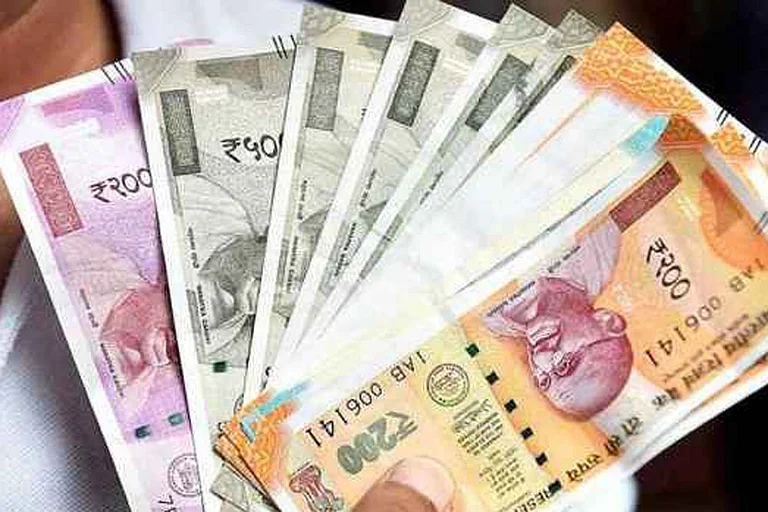Gold is a traditional hedging tool and has established itself as a safe haven, providing stability to portfolios during uncertain market conditions. Similarly, silver is also widely used for hedging against uncertainty and safeguarding portfolios from downside risks. These metals offer protection from significant losses during market crashes, geopolitical turmoil, or even currency depreciation.
Gold And Silver: Key Factors Influencing These Metals, And Will They Continue To Shine In 2025?
Gold is considered a safe haven, and silver is widely regarded as a hedging tool against market volatility. Amid uncertain conditions, these metals offer much-needed stability to a portfolio. How are they expected to perform in 2025? Read on to find out
Renisha Chainani, Head of Research at Augmont Gold, says, “Gold and Silver had an outstanding 2024 with prices rising more than 25 per cent. Gold reached an all-time high of $2800 (Rs 80000) on October 31 and Silver touched a record high of $35 (Rs 100,000) on October 23, – driven by its function as a “safe-haven” amid geopolitical and political uncertainty.”
Gold has consistently performed better during periods of market turmoil. Experts recommend allocating around 10 to 15 per cent of one’s portfolio to gold and silver to minimise risks and enhance portfolio stability.
Factors That Impacted These Metals In 2024
Though several big and small factors affect these metals’ performance, the following factors significantly supported these metals in the year just gone by.
Inflation: Inflation has been a major concern over the past few years, especially since the pandemic. While inflation in India is close to approaching an acceptable range, global inflation and other factors continue to influence the prices of these imported metals. According to Chainani, the US may experience inflationary trends in 2025 ‘due to higher pricing and labour expenses caused by new tariff and immigration policies’, before tapering off in 2026. In contrast, inflation in the UK and eurozone is expected to decline steadily despite growth challenges.
Overall, these uncertainties have supported both gold and silver in 2024 and are likely to continue doing so in 2025.
Investment Demand: In 2024, a key driver of the price surge in these metals was increased demand from central banks worldwide, with the RBI being one of the top buyers. The RBI purchased over 75 tonnes of gold in 2024, compared to 16 tonnes in 2023 and 33 tonnes in 2022. The Turkish and Polish central banks followed with 72 tonnes and 69 tonnes, respectively. Consequently, gold now constitutes about 10.2 per cent of the RBI’s forex reserves, up from 7.8 per cent in 2023. This growing demand underscores gold’s strategic importance for central banks in managing risk.
Gold ETFs: Gold exchange-traded funds (ETFs) saw inflows in all months in 2024 except April, with net inflows in the first 11 months being 3.7 times higher than the previous year. According to the World Gold Council, positive sentiment toward gold and heightened market volatility contributed to this surge in inflows.
Geopolitical Conditions: Geopolitical tensions, such as the conflicts between Ukraine and Russia and in the Middle East, posed significant risks and worked in favour of gold and silver. Historically, during periods of geopolitical tension and risk to the financial markets, these metals tend to rise in value, as seen in 2024.
The US presidential election and Donald Trump’s victory have also contributed to market uncertainty benefitting gold and silver as hedging assets.
Outlook For 2025
Regarding the Gold and Silver Outlook in 2025, Chainani says, “The precious metal upward trend will continue in the short to medium term. The macroeconomic background will most certainly remain favourable for the precious metal as interest rates fall and foreign-reserve diversification continues amid geopolitical tensions, producing a perfect storm for gold”.
She adds that in the long term, “Trump's proposed policies, which include inflationary tariffs and stronger immigration controls, will constrain the Federal Reserve's ability to decrease interest rates. A higher USD and tighter monetary policy may eventually present some headwinds for gold. Increased trade friction, on the other hand, may strengthen gold's appeal as a safe haven”.
Although gold and silver are not core components of a portfolio, allocating a small portion to these metals has repeatedly proven effective in hedging against market volatility and various external risks. If one seeks to protect their investments from market upheavals, these precious metals cannot be ignored.



